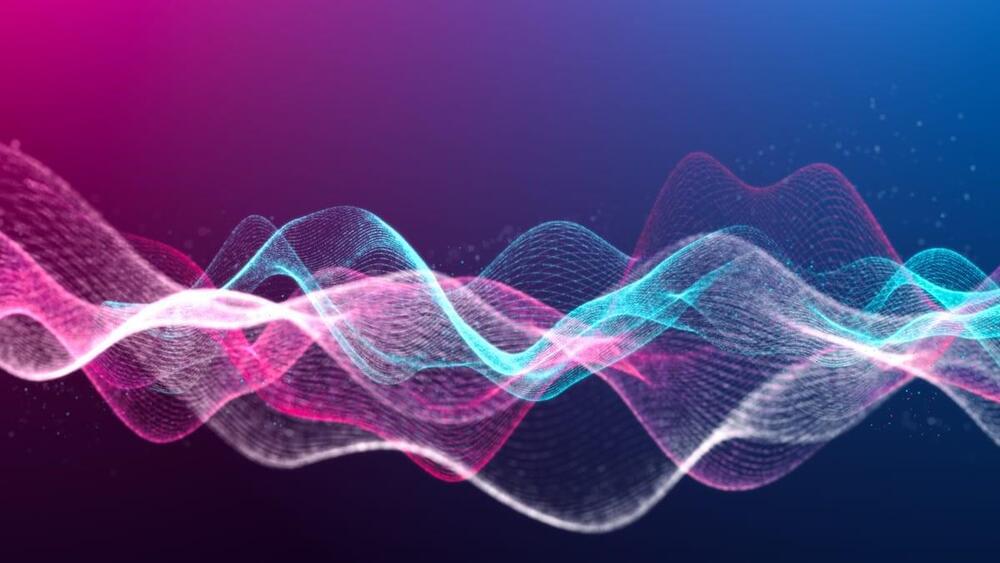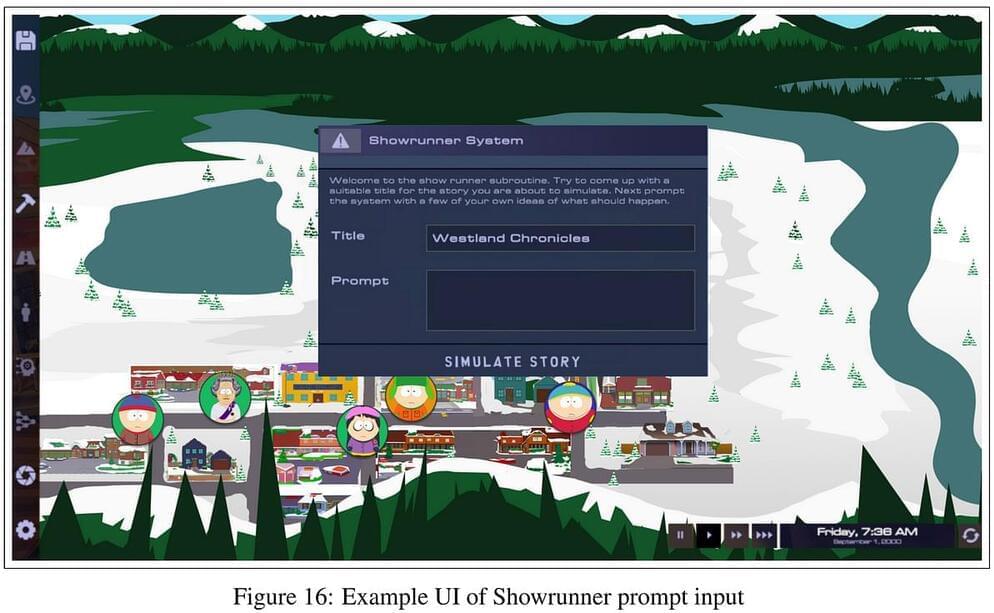Georgia Tech researchers have transformed a standard BBQ lighter into a delivery system that uses an electric spark to boost DNA vaccines — and it could help increase global access to a cheap, powerful new vaccine technology.
mRNA vs. DNA vaccines: DNA vaccines deliver a bit of genetic code that tells cells in the body to make a protein from a specific virus or bacteria. That triggers the immune system to create antibodies against that protein that will protect you if you’re ever infected by that particular pathogen.
This is exactly how mRNA vaccines work, too, and just like mRNA vaccines, DNA-based shots are relatively cheap to produce and easy to change to make new vaccines — but the way mRNA and DNA vaccines get their genetic instructions into cells is different.







